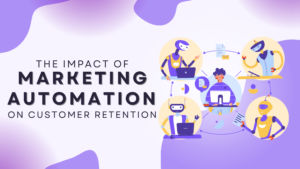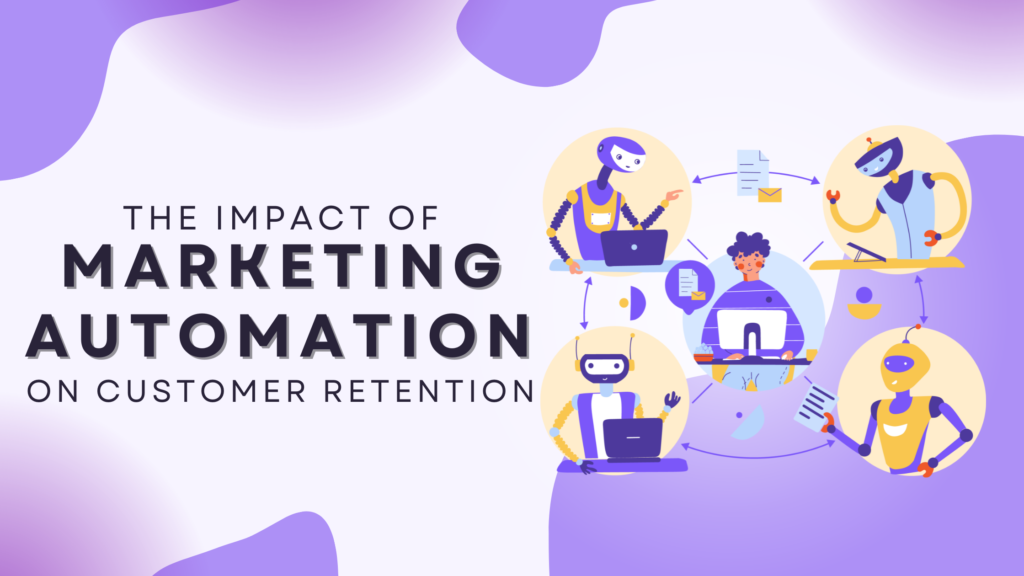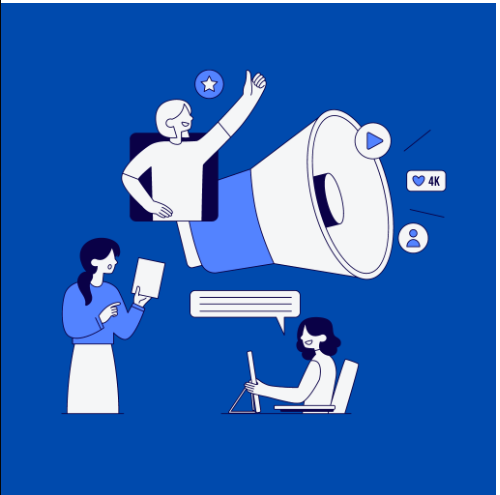
The Impact of Marketing Automation on Customer Retention
In today’s highly competitive market, retaining customers is just as important as acquiring new ones. Businesses are increasingly turning to marketing automation to enhance their customer retention strategies. This blog post will explore the profound impact that marketing automation can have on customer retention and how businesses can leverage it to build long-term customer loyalty.
Understanding Customer Retention
Customer retention refers to the ability of a company to keep its customers over a period of time. It’s a critical metric because retaining existing customers is often more cost-effective than acquiring new ones. Loyal customers not only make repeat purchases but also become advocates for your brand, providing valuable word-of-mouth marketing.
The Role of Marketing Automation in Customer Retention
Marketing automation involves using software to automate repetitive marketing tasks. It helps businesses streamline their marketing efforts, allowing for more personalized and timely communication with customers. Here’s how marketing automation can significantly impact customer retention:
- Personalized Communication: Marketing automation enables businesses to segment their customer base and deliver personalized content tailored to each segment’s preferences and behaviors. Personalized emails, recommendations, and offers make customers feel valued and understood, increasing their loyalty to the brand.
- Timely Engagement: Automation allows businesses to engage with customers at the right time. Automated triggers can send welcome emails to new customers, follow-up emails after purchases, or re-engagement emails to inactive customers. Timely communication helps keep customers engaged and reminds them of the value your business provides.
- Consistent Customer Experience: Consistency is key in building trust and loyalty. Marketing automation ensures that customers receive a consistent experience across different touchpoints. Whether it’s through email, social media, or your website, automated workflows can maintain a unified brand message and experience.
- Behavioral Tracking and Insights: Marketing automation tools provide valuable insights into customer behavior. By tracking interactions, purchases, and feedback, businesses can better understand their customers’ needs and preferences. This data can inform more effective retention strategies and personalized marketing efforts.
- Loyalty Programs and Rewards: Automation can simplify the management of loyalty programs and rewards. Automated systems can track customer purchases and interactions, awarding points and sending notifications about rewards or special offers. This not only incentivizes repeat purchases but also makes customers feel appreciated.
- Feedback and Surveys: Gathering feedback is crucial for improving customer satisfaction and retention. Marketing automation can facilitate the process by sending automated surveys after purchases or customer service interactions. Analyzing this feedback helps businesses address issues promptly and improve the customer experience.
Case Studies: Success Stories in Marketing Automation and Retention
- E-commerce Brand: An online retail company used marketing automation to segment its customers based on purchase history and browsing behavior. By sending personalized product recommendations and exclusive discounts, they saw a 20% increase in repeat purchases and a 15% improvement in customer retention rates.
- SaaS Company: A software-as-a-service company implemented an automated onboarding process for new customers. Through a series of welcome emails, tutorials, and check-ins, they reduced churn rates by 25% and significantly improved customer satisfaction scores.
Best Practices for Implementing Marketing Automation for Retention
- Segment Your Audience: Use marketing automation tools to create detailed customer segments. Tailor your communication and offers to each segment’s unique needs and preferences.
- Set Up Automated Workflows: Develop workflows for different stages of the customer journey. This could include welcome sequences, post-purchase follow-ups, and re-engagement campaigns.
- Monitor and Optimize: Regularly analyze the performance of your automated campaigns. Use A/B testing to identify what works best and continuously optimize your strategies.
- Integrate with CRM: Ensure your marketing automation system is integrated with your CRM. This allows for a seamless flow of customer data and more personalized marketing efforts.
Conclusion
Marketing automation has revolutionized the way businesses approach customer retention. By enabling personalized, timely, and consistent communication, automation helps build stronger relationships with customers. The insights gained from automated systems allow businesses to better understand and meet customer needs, ultimately leading to increased loyalty and retention. As competition intensifies, leveraging marketing automation for customer retention will be essential for businesses aiming to thrive in the long term.


